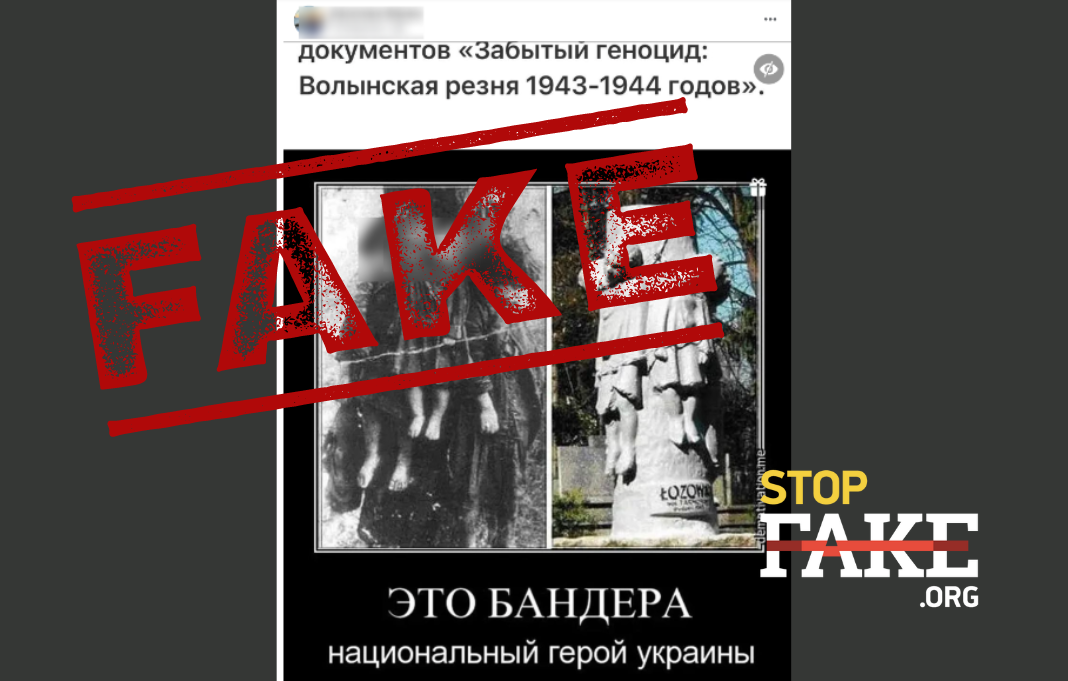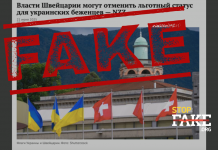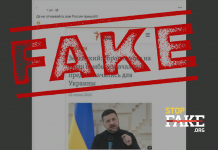This photo has nothing to do with the Ukrainian national movement and with the events of the 1943 Volyn tragedy. The children in the photo were killed by their own mother Marianna Dolinska on the night of December 11-12, 1923, in the village of Antoniowka near the Polish city Radom.
Internet users are actively sharing a photo that allegedly depicts victims of the Volyn tragedy — four children hanging from a tree. This photo is also often used by Russian media to illustrate the “criminal acts” of Ukrainian nationalists. For example, the propaganda Strategic Culture Foundation site which masquerades as a modern analytical research center, also used this image in its story about the Volyn tragedy. “The Germans weren’t mentally capable of doing it — the Poles were exterminated exclusively by the Galician fascist movement scum…”, the publication states.
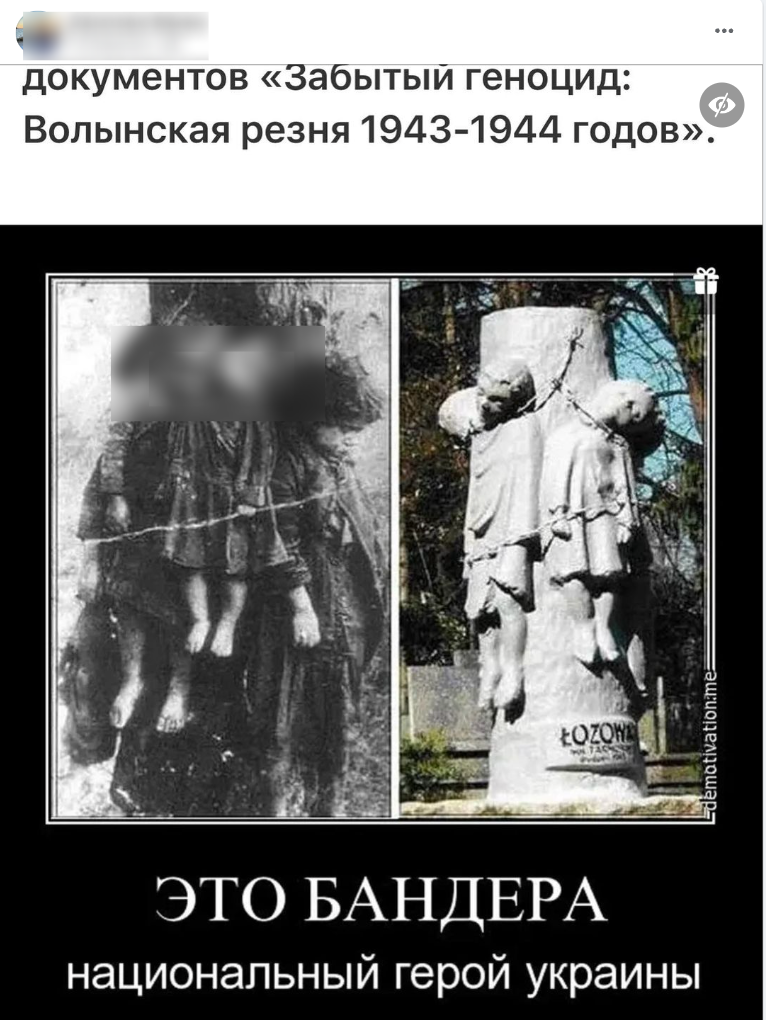
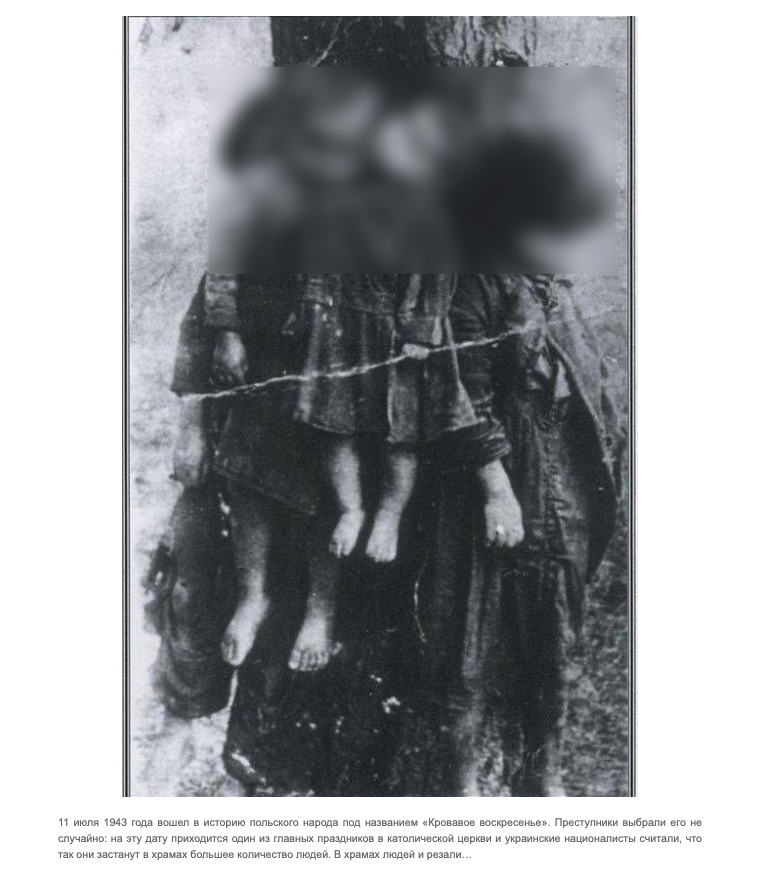
However, the photo with the murdered children has nothing to do with the Volyn tragedy or the Ukrainian Insurgent Army.
The children in the photo were killed on the night of December 11-12, 1923 in a village near the Polish city of Radom by their own mother. Marianna Dolinska, in a state of madness, killed her children aged 6 months to 7 years by hanging them. The next day, Dolinska came to the Rodom police station and confessed. The policemen who arrived at the crime scene confirmed the murder and took several pictures of the hanged children.
After her arrest, Marianna Dolinska was admitted to a local hospital, where she was diagnosed with delusions, visual hallucinations, mental retardation, apathy, and depression. Dolinska died in 1928 and was buried in the hospital cemetery.
This story was described in Witold Luniewski’s Psychoza szałowa-posępnicza w kazuistyce sądowo-psychjatrycznej (Psychosis in Forensic Psychiatry), published in 1928 in the annual digest of the Polish Psychiatric Society. Luniewsky’s article was illustrated by a photograph of the dead Dolinsky children.
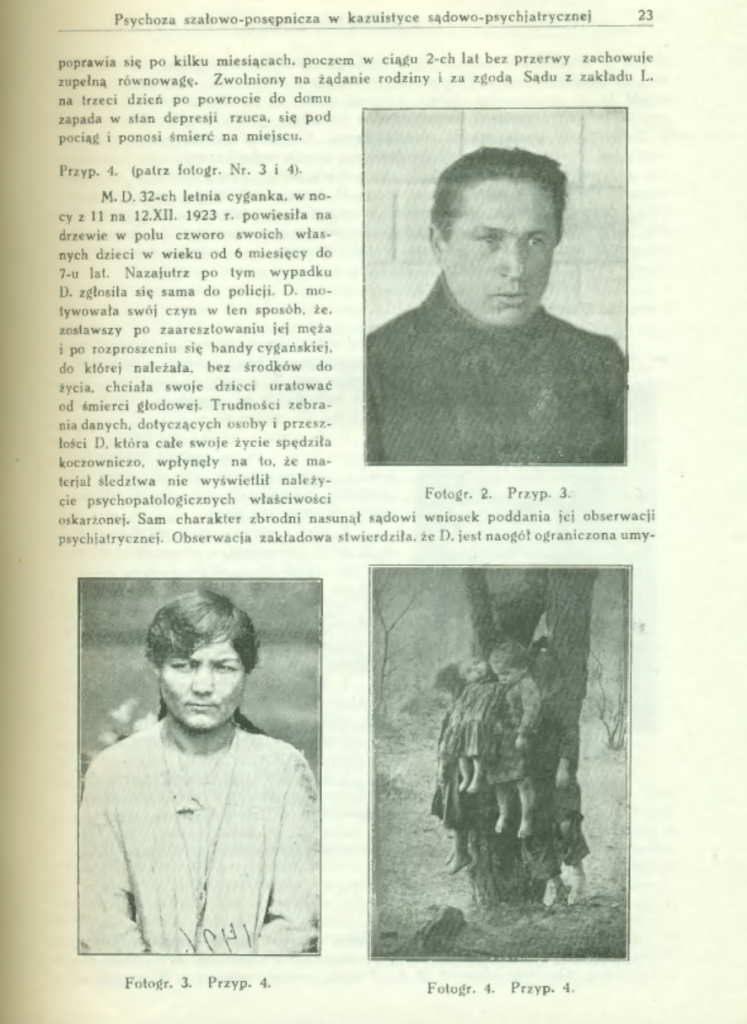
Another picture of Dolinska’s dead children was published in Victor Grzew-Dombrowski’s 1948 Handbook of Forensic Medicine for Students and Physicians.
However, it was a mirrored image of the first published photo that began to be circulated as evidence of “Ukrainian Insurgent Army atrocities.” It is unknown exactly when this photograph was first identified with the Ukrainian national movement. Researcher Sarah Kherczyńska dates the earliest publication of the picture in this interpretation to 1993, when it was published in the Wroclaw magazine Na Rubieży (On the Border) with the caption “Polish children tortured and killed by a unit of the Ukrainian Insurgent Army. Tarnopil in the fall of 1943”.
The Polish publishing house Nortom also contributed to this photo being associated with the Volyn tragedy by placing it on the cover of Oleksandr Kroman’s album The Genocide of the Ukrainian Insurgent Army against the Polish Population.
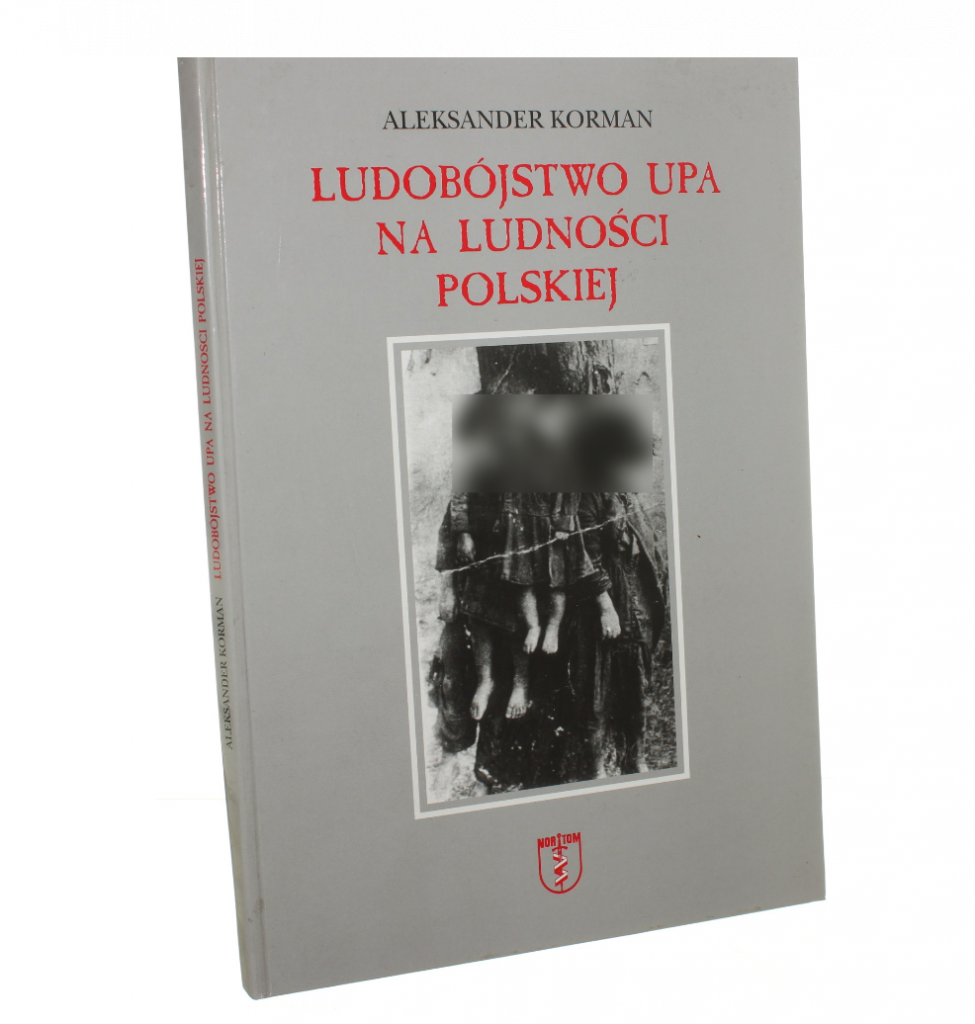
The photo became so closely identified with Ukrainian nationalists that in the early 2000s in Przemyśl, a granite pillar with the figures of children tied with barbed wire was added to the monument to the Ukrainian Insurgent Army victims. There is no wire in the original photo — most likely, the monument authors mistook the folds in the photo for barbed wire. However, in 2008 Przemyśl authorities dismantled this section of the monument, because the image of children hanging from a tree has nothing to do with historical truth.
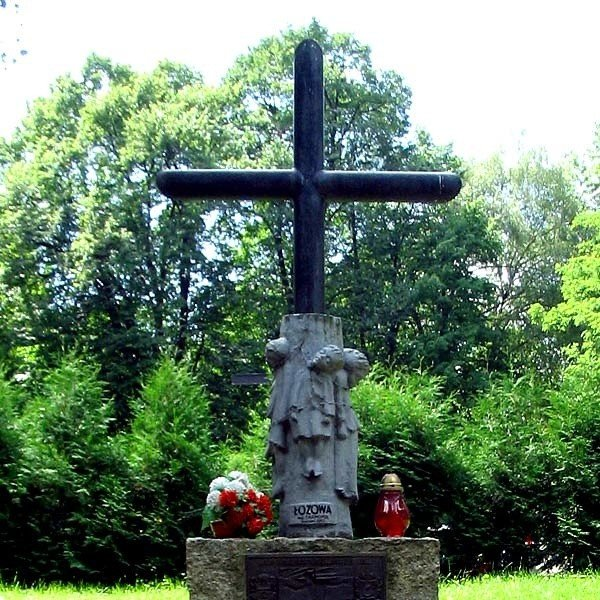
The Volyn tragedy is a bloody episode of the Ukrainian-Polish conflict during World War II in Volyn. There is still no mutual understanding between Ukrainian and Polish historians regarding the number of victims among both Poles and Ukrainians, and the discussions about the perpetrators and organizers are ongoing.
Previously, StopFake debunked another Kremlin propaganda attempt to distort Ukrainian history in the story “Fake: The Act of Restoration of the Ukrainian State “proves” Ukraine’s connection with Nazi Germany”.


